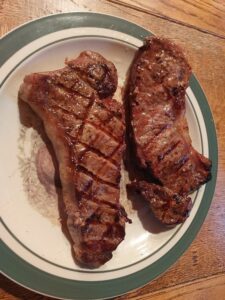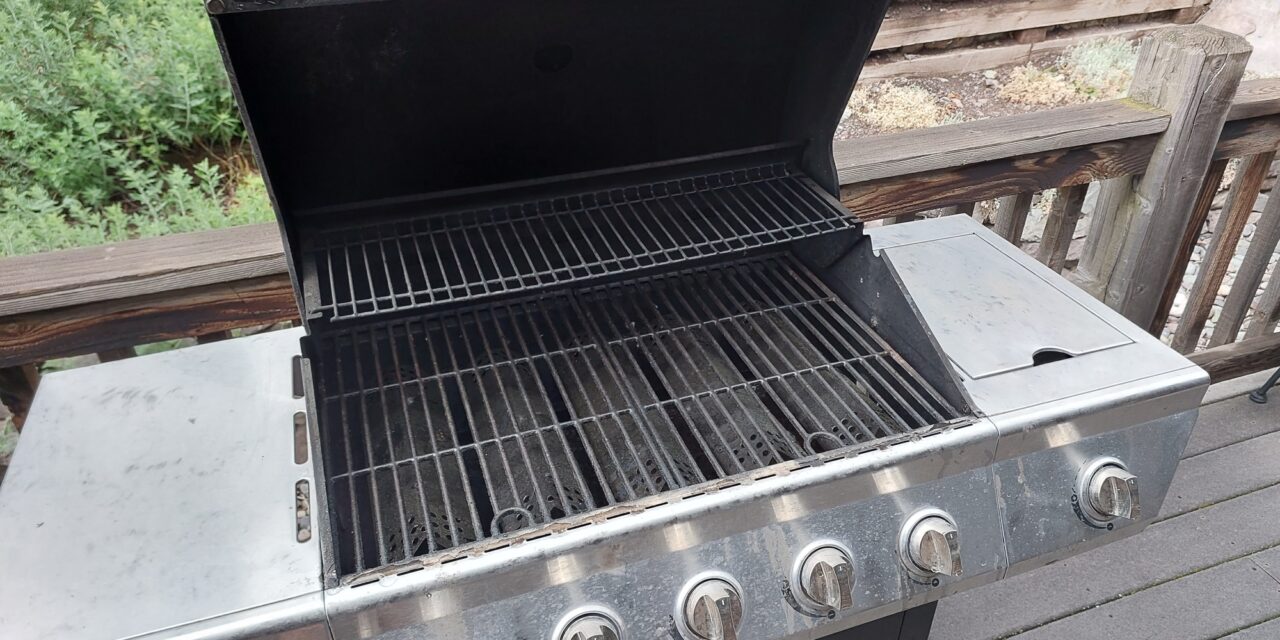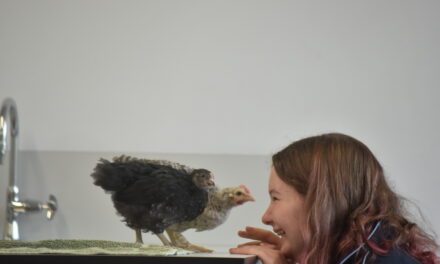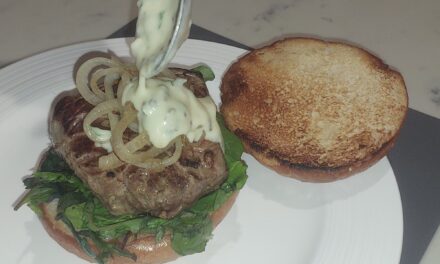Butcher STEVE BAIN this month explains why the meat you barbecue is often influenced by the cooking equipment.
Staying at an AirBnB recently, Lynn asked me to select some steaks and cook them on the barbecue.
My first action was to head to the barbecue. This is one scenario where the choice of meat/meat-cut may be influenced by the cooking equipment. In this case study, the appliance was an open (wire) grill type (pictured), rather than a hotplate.
The ideal steak for this type of gas barbecue, in my opinion, is the porterhouse cut (known as strip steak in some parts of the world). Porterhouse is one side of the T-bone (the other, smaller, side being the eye-fillet … which is also known as the tenderloin). The T-bone/porterhouse cuts come from the backbone and are located between the ribs and the rump — technically this area, ‘high’ on the back of the standing animal, is referred to as the rear of the short-loin sub-primal from the carcase. Incidentally below this sub-primal is the ‘flank’.
Being a muscle that doesn’t get much exercise, the porterhouse is among the more tender cuts from an animal. The porterhouse is a lean and firm cut of steak, with the fat running along one side of the outside. This fat can be trimmed a little before cooking on the grill to reduce the risk of flare up. Even without trimming of the fat, strip steak is often chosen for grilling, because it has a lower fat percentage. Less fat means there will be fewer fats dripping through the ‘wire’/grid when grilling porterhouse. This typically means fewer flame-ups when barbecuing.
Incidentally, the week before we had stayed at our daughter’s. She has a solid plate barbecue, so my steak choices out on her back deck were rib-eyes (from the front of the short-loin sub-primal).
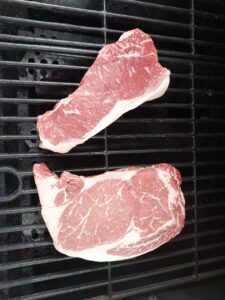
Rib-eye steaks typically have more marbled fat throughout the meat — this steak ‘renders’ into the meat when cooked on a solid hotplate (resulting in great flavours to the finished product). However, when cooked on an ‘open’ grill, the fat drips through and may cause flare-ups. Due to the desirable marbling, rib-eye is typically more expensive than strip/porterhouse, but the fat from a rib-eye is lost (it drips through) when cooked on an open grill, thus the extra expense is wasted, so one may as well use porterhouse steaks on an open grill.
Armed with some porterhouse steaks, let’s head to the barbecue ‘grid’ (incidentally these porterhouse steaks in the following photos are approximately 300 grams each).
METHOD
Step 1: Warm the barbecue to between 200°C and 230°C (there’s a bit of leeway when barbecuing, hence why it pays to stand at the ‘grill’ and keep an eye on the cooking). The method is to grill the steaks over direct heat (high heat from below).
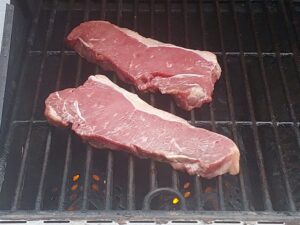
Step 2: With the lid closed while cooking (except when turning the steaks), the plan is to cook for three minutes each side for rare-ish steaks or five to six minutes on each side for medium to well done steaks. Of course, the cooking time depends on the barbecue and conditions — it was raining when I did the outdoor barbecue photo shoot, which was another reason for the lid being closed during cooking. Accordingly, with the lower ambient temperatures taking heat away from the grill, I gave the steaks a little longer than I would normally.

Step 3: After a quarter of your doneness preference’s cooking time, rotate the steaks about 45 degrees. Then let the steaks sear for another quarter of the cooking time. This will complete the creation of the diamond pattern on the side facing the wire grid. It is important not to move the steaks after each turn. If you do so, you’ll ‘mess-up’ the pattern. Of course, you can move the steaks when it is time to either rotate or flip them.
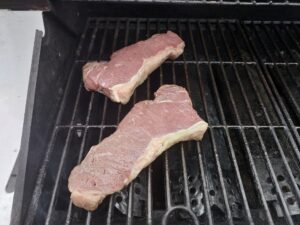
Step 4: Finally, flip the steak over and repeat the process on the other side. I like to cook the steaks for the full half of the cooking time on the second side. This gives the choice of lines or diamonds on different sides (you may use this to tell between rarer steaks and the more well-done options when serving). Study the steaks as you cook them, there will be hot-spots on the barbecue for sure — adjust the cooking times and any rotations to suit.
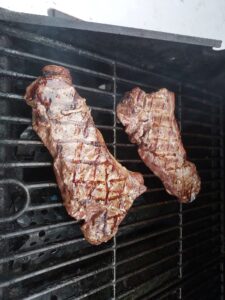
Step 5: Once the steaks have cooked, turn off the barbecue, place the steaks on a plate and leave the steaks to rest for five minutes, then serve them with a charred vegetable salad.
